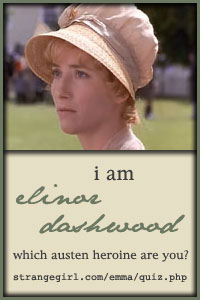In viewing works by Degas while listening to the music of Tchaikovsky, you can almost see Degas' ballerinas come to life.
Some Of Tchaikovsky's more famous Ballets are:
- The Nutcracker Suite
- Swan Lake
- Sleeping Beauty
- And Romeo an Juliet
All Make for beautiful selections of music in which to begin your studies.
Some of our Past Degas Selections have been:
- the Dance Class 1875-76
- The Star
- Ballet dancers
Our Chosen Picture for this particular study was:
 Singer in Green
1884-85
Pastel on paper.
Singer in Green
1884-85
Pastel on paper.
In this study we chose to focus on recreating the look of pastels.
- Crayola crayons (vibrant colors)
- watercolors
- paintbrushes
- watercolor paper
- a cup of water
- painting smock
The most important goal of this activity is for your child to commit the Artist's picture to memory, so that it can always be on display in the Gallery of the "mind's eye". It is in capturing the essence of a painting, that we establish a deep and meaningful relationship with it.
After your child's Sketch is complete, have them go over their sketch outline in crayon. From here on out, it is important that your child color in detail with a Heavy hand. In order for the crayon to "resist," the paper most be covered in wax. Have the child color in their Sketch with colors and direction similar to that of the artists. Have them Examine the pattern of the pastel colors, and imitate it to the best of their ability (with a heavy hand).
Once all coloring has been completed, you child is ready to paint with watercolors. You will notice in Degas' Pastel works, that often times his pastels were layered . Have your child choose the paints that best match the layered effect of the pastel. Paint over the crayon with nice heavy strokes. The Crayon will resist the watercolors where the wax is heavy, and seep into the paper where the wax was lacking. This will ultimately create the layered effect and Chalkiness of the pastel work.
Here are a few samples of our work:

Mom

"Belle"- age 10yrs
 "Little Sparty"- Age 6 yrs
"Little Sparty"- Age 6 yrs
(He opted to Draw a Bus)
Hope you enjoy this activity as much as we did!












No comments:
Post a Comment
comments welcome :)